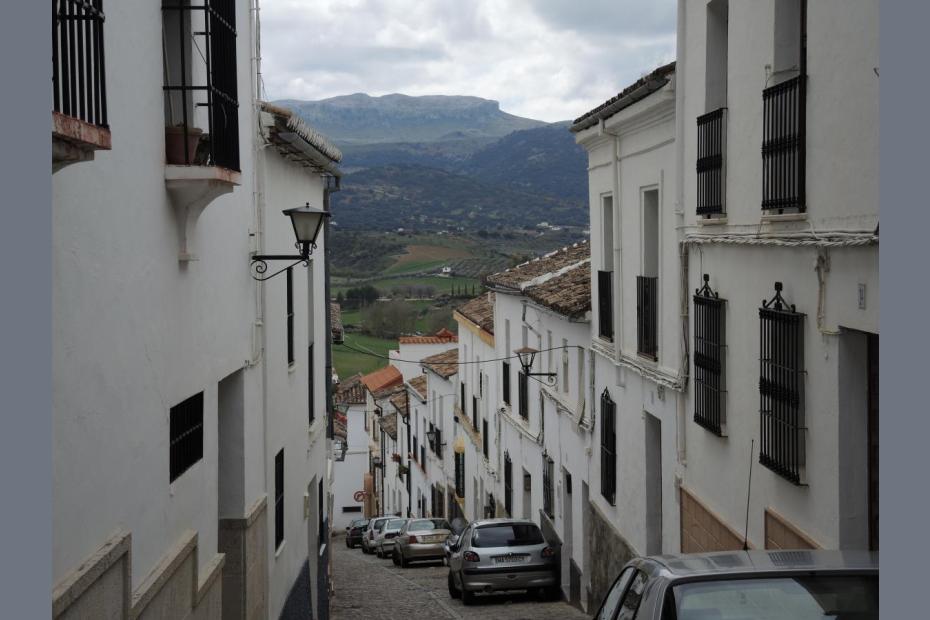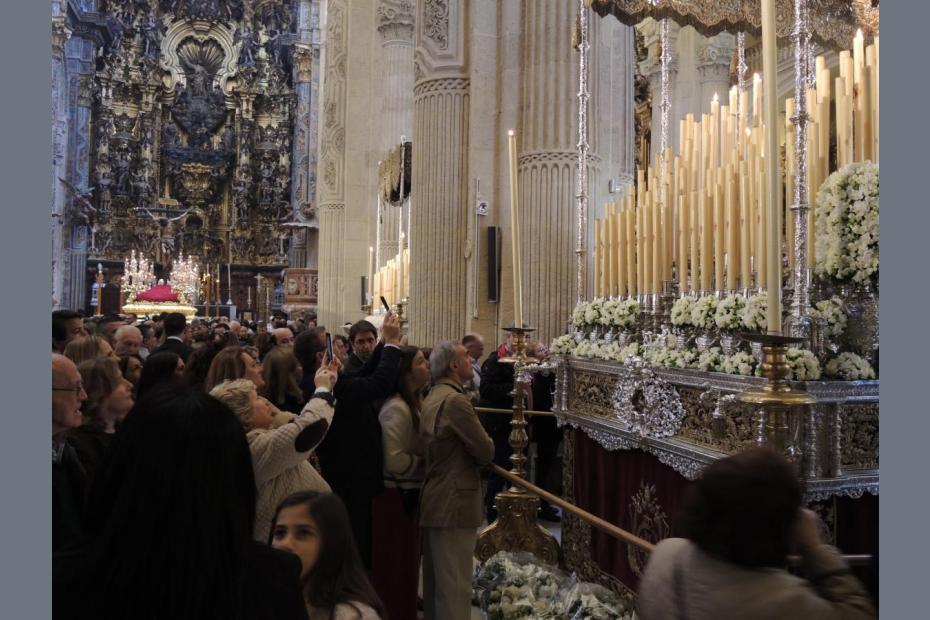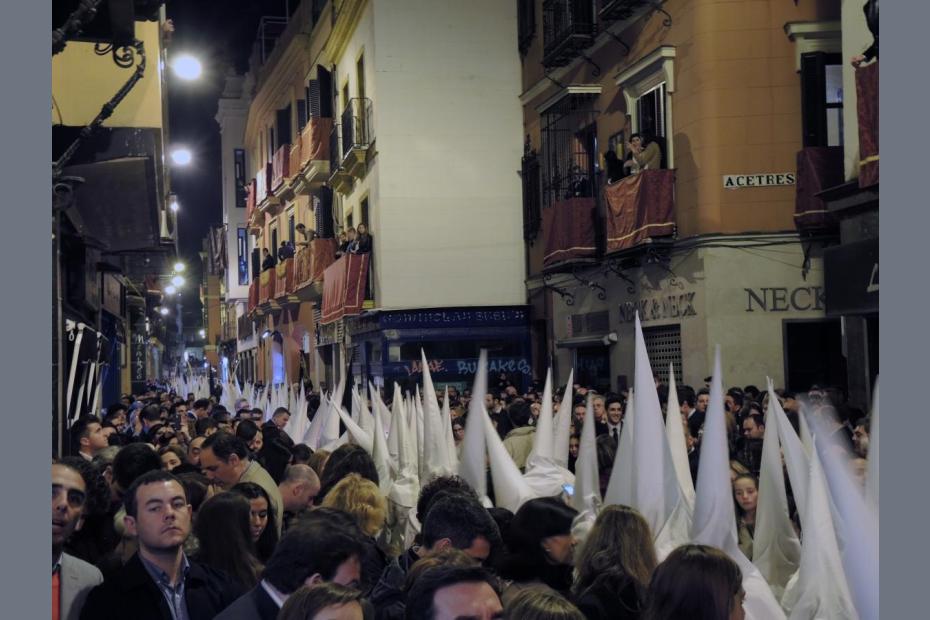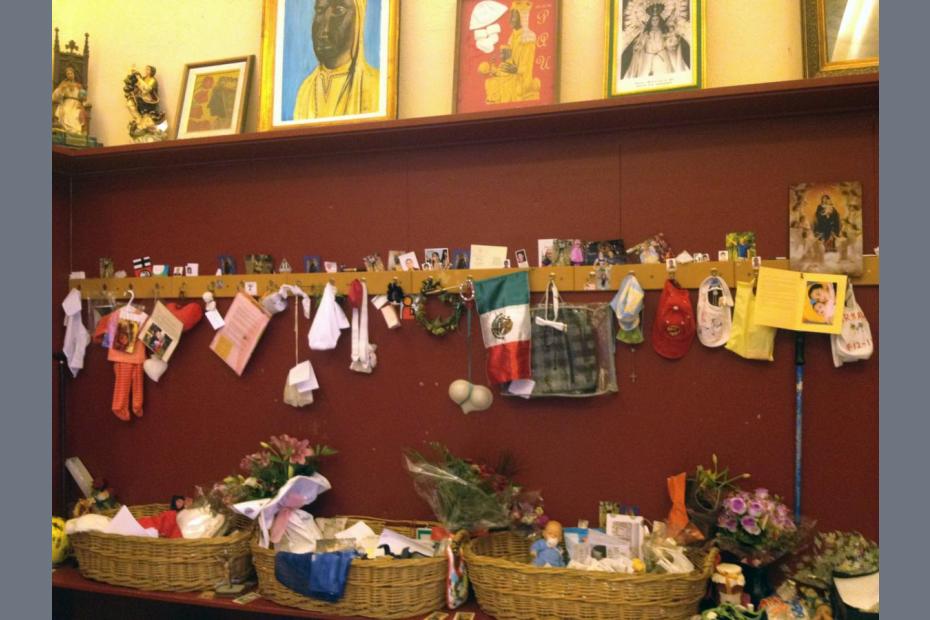For more than 500 years, from before Spain’s unification in 1492, Catholicism has played a decisive role in the construction of Spanish national identity. Spanish missionaries and colonists left a remarkable imprint on the worldwide Church, spreading Catholicism and Spanish devotions around the world. By affiliation, Spain still is one of the most heavily Catholic countries in the world. Even while Spain is a European Union member country with much more open borders and integration into Europe, Catholicism has a near monopoly on the religious life of the country. Three-quarters or more Spaniards identify as Catholic, and other faiths — Islam, Protestantism, Orthodoxy and Judaism — constitute 5% or less of the total population. Other forms of religiosity, including Evangelical or Protestant Christianity, have found it very difficult to make inroads there. At the end of the 20th century, Spain was still home to 900 convents and monasteries — 60% of the world’s total.1
On the other hand, there are a great many indications that would suggest that Catholicism in Spain is on the decline. The percentage of Spaniards who identify as Catholic has been declining, and the number of professed non-believers has been rising. A November 2016 survey by Spain’s Centro de Investigaciones Sociológicas identified 69.8% of respondents as Catholic, 2.9% as believers in other religions, and 25.1% as non-believers or atheists.2 Regular Mass attendance is rather low: The same study reported that among those who do identify as believers, 59.3% almost never attend Mass or services other than at weddings, funerals and the like. 14.3% attend several times a year, 7.9% several times a month, 14.7% almost every Sunday and feast, 3.1% several times a week.3 As is true in most of Europe, the clergy is aging and religious vocations are quite diminished among young people. Spain has liberalized in a whole range of ways — legalizing divorce, same-sex marriage, and abortion. Spain was actually the third country in the world to legalize same-sex marriage, in June 2005.
A demographer who looked solely at Mass attendance in Spain could easily conclude that Spain is not a very Catholic country today. Yet a visitor to Marian shrines like Montserrat, in Catalonia, or Pilar in Zaragoza, or to feasts like Semana Santa in Seville, could easily conclude the opposite. A significant number of nominal Catholics are not religious believers, but it is also clear that for a significant number of Catholics, Mass attendance is not their own primary measure of religiosity.
Historical background
Spain’s Christian history dates to the earliest years of the era, when the Roman Empire controlled the whole of the peninsula, and St. Paul is reported to have travelled there.4 Legend has it that St. James the apostle brought Christianity to Spain, and that the Virgin Mary appeared to him on a pillar in Zaragoza in 40AD (an image of Nuestra Señora del Pilar is still revered there, and Pilar is a common name for women).5 Muslims conquered and ruled much of the peninsula from the 8th century onward, leaving visual, linguistic and culinary marks on Spanish culture. A number of Spain’s major churches in the south are actually converted and expanded from the great mosques that were already built on those sites, with minarets converted to church towers. The last Muslim rulers were expelled from southern strongholds by Ferdinand and Isabella — both commonly titled as “the Catholic” — in 1492. They launched a process of rooting out Jews and Muslims through expulsions, forced conversions, and a powerful inquisition that enforced Catholic orthodoxy and helped justify their unification of Spain.
Influential as the inquisition was, it is far from the whole story in Spanish Catholic history in the subsequent era. Spain was the font of major religious orders like the Dominicans and Jesuits, a variety of lay confraternities, and of mystic saints like Teresa of Avila. A variety of popular religious practices, from processions and feasts to dances and devotions, were deeply woven into Spanish Catholic life. No less significantly, Spain exported significant elements of its variation on Catholic religiosity to its colonies around the globe.
The 19th and early 20th centuries saw an array of political and cultural conflicts, including anti-clerical and republican movements. These variously weakened and strengthened the Church’s influence. They culminated in a brutal civil war in the late 1930s, when almost 7,000 Catholic clergy were executed, as were at least 100,000 other civilians. A fascist general, Francisco Franco, emerged as the victor, holding Spain under firm control until 1975. Franco governed all aspects of church and social life (including episcopal and clergy appointments), while providing the Church with a near religious monopoly.
Following Franco’s death, Spain gradually and unexpectedly liberalized under the leadership of King Juan Carlos, who had been hand-picked by Franco, but who led the country in a very different direction. The Second Vatican Council similarly helped shift Spanish Catholic thinking. Spain joined the European Union in 1986, integrating the country with the rest of Europe in ways that Franco had prevented, bringing great prosperity and social transformation. An economic crisis since 2008 has brought significant hardship, but Spain’s connection to the EU remains strong, and allows many young Spaniards to travel to other parts of Europe for work.
Reactions, transformations and legacies
Many adults in Spain describe the liberalism of contemporary Spain as a reaction to the age of Franco, to an age when they felt that the Church had too fierce a role in their lives. Votes on same-sex marriage and attitudes toward divorce, cohabitation and contraception, are in part a way of saying that they have turned away decisively from that world of tightly linked ecclesial and political control over their lives.
Though Spain has liberalized, it is important to note that there are quite substantial traditionalist movements there, playing an active and vocal role in society. The most influential of these is Opus Dei, which was founded in Spain and which has large and influential communities in cities like Pamplona, where it runs the University of Navarra.
Though Spanish nationalism has been a powerful force in Spain, regional differences have endured both politically and culturally. Regional nationalism has been powerfully resurgent in the the Basque region and in Catalonia. Regional national identities are even reflected in Marian devotion. The Virgin of Montserrat, the patroness of Catalonia, is a powerful and much-revered symbol of that region’s identity. The Virgin of Arantzazu is the patroness of Gipuzkoa, a province in the Basque region. Sevillians often have a particular devotion to the Virgin of Hope, La Macarena.
Evangelical Protestantism and charismatic Catholicism have not been influential in Spain. Though Spain became more politically open to religious pluralism in the 1980s, Catholicism still has a cultural near-monopoly. The question is whether large portions of Spaniards are living some variation on the theme of “belonging without believing,” or whether they are believers who are practicing their faith in a new way.6
- 1Tony Judt, Postwar: a history of Europe since 1945 (New York: Penguin 2005) 774.
- 2Centro de Investigaciones Sociológicas, Estudio nº3159. Barómetro de Noviembre 2016. http://www.cis.es/cis/export/sites/default/-Archivos/Marginales/3140_3159/3159/es3159mar.pdf, 19, accessed Feb 10, 2017. This pattern is also noticeable in the gap between the Catholic Church data offered on this site, which counts the percentage of baptized, and the Pew data, which surveys current beliefs.
- 3Centro de Investigaciones Sociológicas, Estudio nº3159. Barómetro de Noviembre 2016. http://www.cis.es/cis/export/sites/default/-Archivos/Marginales/3140_3159/3159/es3159mar.pdf, 19, accessed Feb 10, 2017.
- 4In Romans 15:23-29, Paul discusses his plans to travel to Spain.
- 5The massive shrines to Santiago at Compostela, where legend — while refuted by most historians today — has it that Santiago’s (Saint James’) body was returned for burial, and the Cathedral home of the Virgen del Pilar at Zaragoza are both popular pilgrimage sites today.
- 6On "believing without belonging" as a variation of contemporary European religiosity, see Grace Davie, "Introduction" in Religion in Modern Europe: A Memory Mutates, (Oxford: Oxford UP, 2000), 3.



